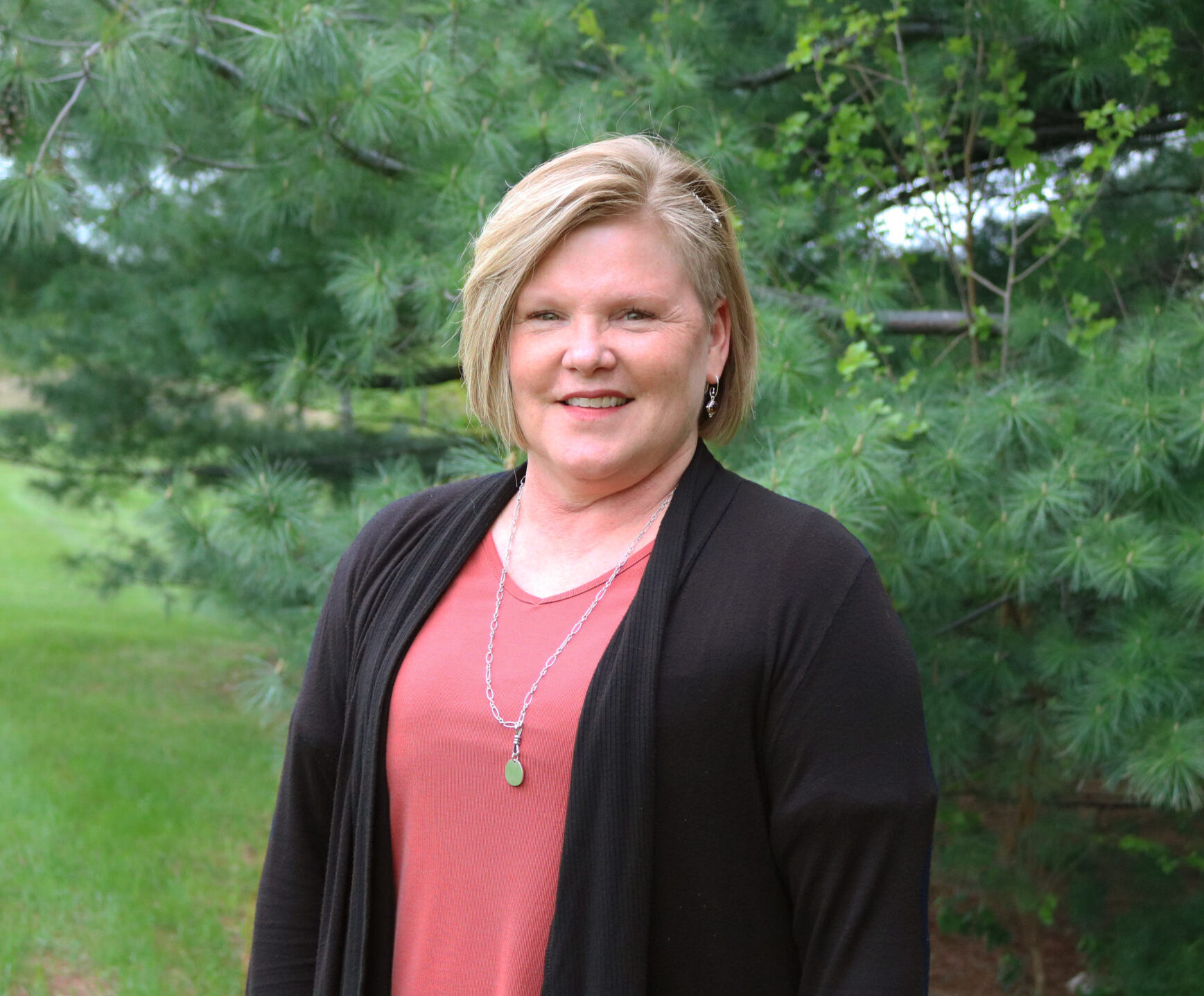Tag: American Sign Language
-

A Semi-Brief Fascinating History of American Sign Language + Resources for Learning
There is a vast misconception among hearing Americans that American Sign Language is English on the hands, but in fact, it is a full language with its own unique syntax, […]
-

HDI’s Lisa Amstutz is Second in Kentucky to Earn Special Credential for Mental Health ASL Interpreting
Lisa Amstutz earned her Qualified Mental Health Interpreter Certification earlier this month, making her the second American Sign Language interpreter in Kentucky to do so. The credential is part of […]
-

Kentucky’s OVR Interpreters in Action at SERID Conference
Interpreters from the Kentucky Office of Vocational Rehabilitation, in conjunction with others across the country, provided American Sign Language interpreting services at the 2021 Southeast Regional Institute on Deafness (SERID). […]